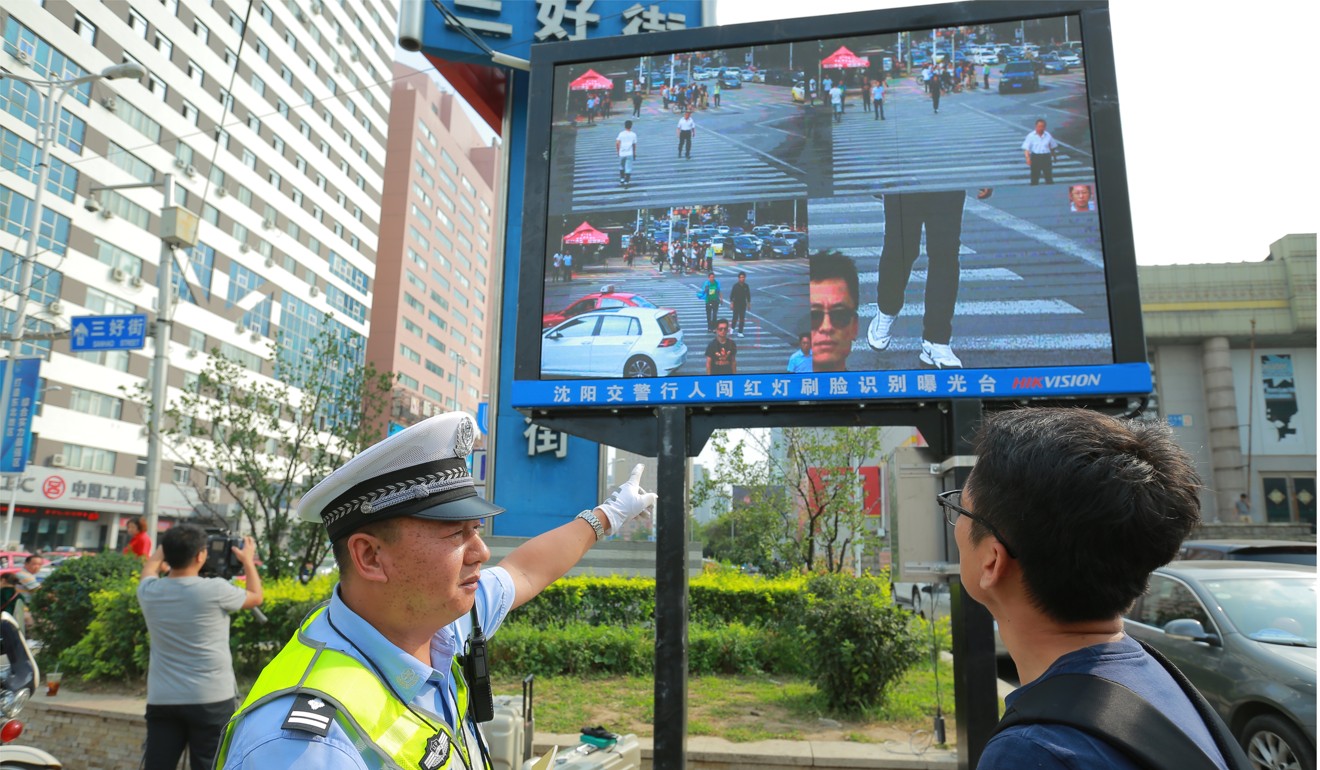
From travel and retail to banking, China’s facial-recognition systems are becoming part of daily life
The growing number of public and commercial applications for facial recognition in China may bolster the nation’s wider push to lead the world in artificial intelligence.
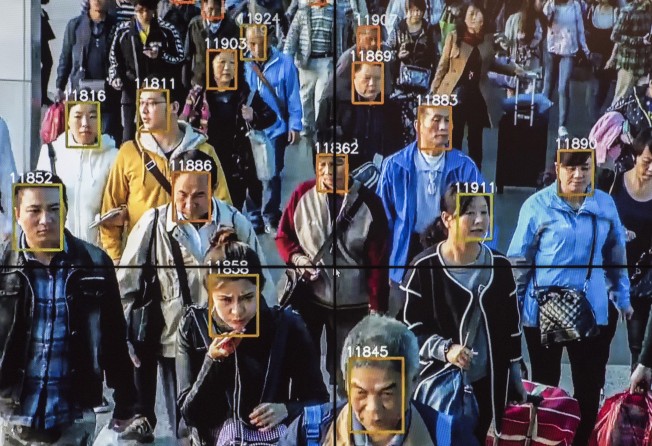
The future is already here – and there is no going back.
Looking like the main characters Neo and Trinity from the dystopian science fiction film franchise The Matrix, police at a railway station in the central Chinese city of Zhengzhou scan the crowd in search of wanted criminals using Google Glass-style eyewear with facial-recognition software.
This group represents the first wave of police officers in China equipped with such smart glasses, allowing them to screen passengers as part of the tightened security amid the upcoming Lunar New Year travel rush, the busiest travel period of the year in the country.
They are also the latest example of how China is moving ahead of the rest of the world in making facial recognition technology a part of people’s everyday life.

Facial recognition systems, which are biometric computer applications that identify a person based on a database of digital images, have been extensively used by Chinese authorities for security purposes to spot suspected criminals and even jaywalkers.
Using sophisticated artificial intelligence algorithms, Chinese technology companies and other major businesses have adopted facial recognition systems in the retail, travel and banking environments.
Those include Ant Financial Services Group’s “smile to pay” application used at fast-food chain KFC; the “face as boarding pass” capability that online search provider Baidu plans to roll out at Beijing main airport; and China Merchants Bank’s facial recognition-based automated teller machines.
At the Zhengzhou East high-speed rail station in the capital of Henan province, the police can verify the identities of passengers and spot suspected criminals within two to three minutes – all from a distance of five metres – as their smart glasses are hooked up to a portable device that each officer carries as a means to connect with the police database.
“The adoption of the glasses represents a breakthrough in security as the police force shifts from being manpower intensive to technology-powered,” Xie Yukun, a railway police officer in Zhengzhou, said in an interview.
The smart glasses’ ability to operate over a distance is expected to significantly improve the efficiency of police in the railway station during the Lunar New Year holiday, when the biggest annual human migration sees about three billion trips of all kind made within a six-week period through mid-March.
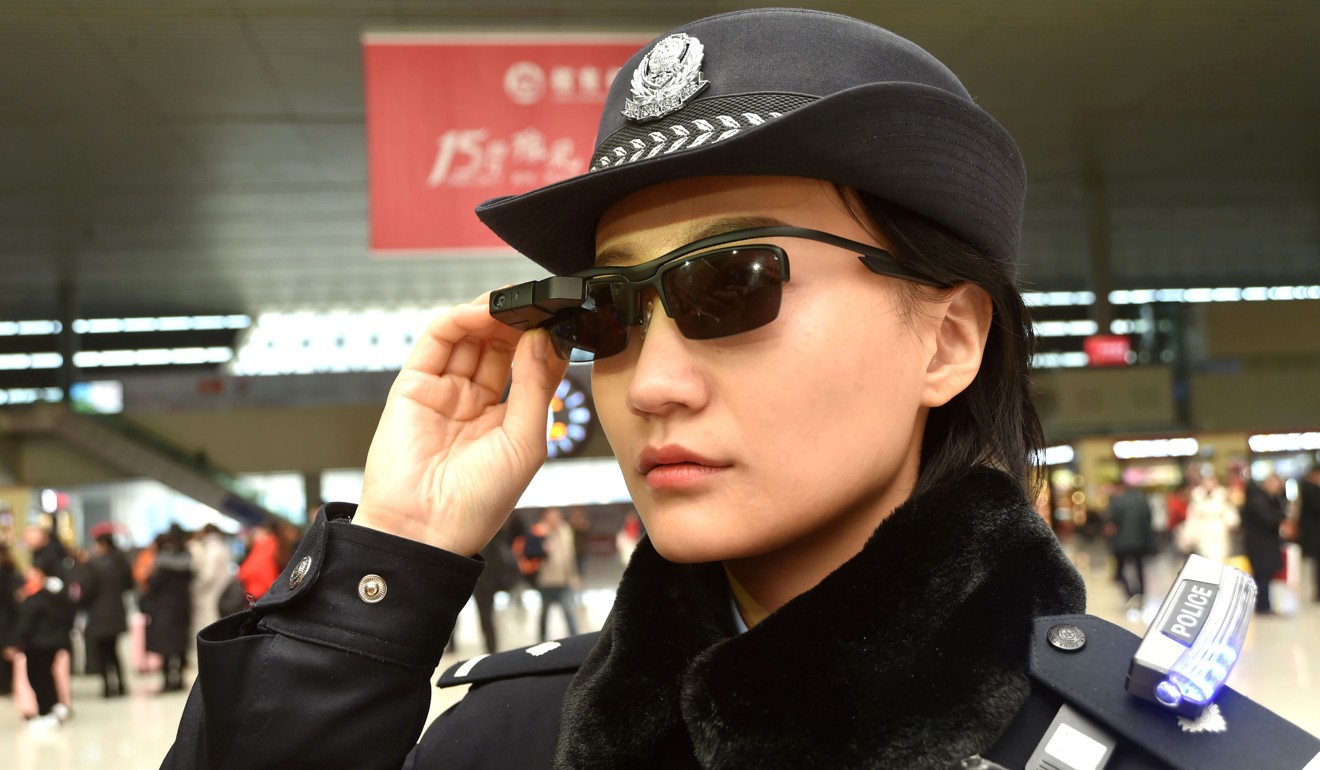
“They don’t need to make contact, ask for people’s ID cards or invite them to their office to gather more information,” said Xie. “As soon as they are suspicious about someone, they use the glasses to take a clear picture that shows the frontal view of at least 70 per cent of the person’s face, then the system will run it through the database and give a result in two to three minutes.”
Since the deployment of police with smart glasses started at the Zhengzhou station earlier this month, as many as seven people suspected of crimes, ranging from human trafficking to hit-and-run incidents, had been apprehended.
Although Chinese citizens have raised concerns about privacy protection, China’s broader initiative to become a global leader in artificial intelligence has prompted local governments and police departments across the country to embrace facial recognition technology as an important tool for public safety efforts.
In 2013, Google responded to privacy concerns in the United States by barring any facial recognition feature to be used in Google Glass.
Such concerns overseas have not slowed down the advanced implementation of facial recognition in China.
In 2015, the Ministry of Public Security launched a project to build the world’s most powerful facial recognition database to identify any one of China’s more than 1.3 billion citizens within three seconds. The agency is developing that system with a security company based in Shanghai.

The goal is for the database to match someone’s face to their ID photo with about 90 per cent accuracy.
While it remains unclear whether use of that database could be extended to commercial activities, recent developments show that such a demand is likely to increase over time.
Shanghai, for example, has sought to make life easier for the millions of commuters on one of the longest and busiest mass-transit railway networks on the planet by bringing in voice and facial recognition systems developed by Alibaba Group Holding, which owns the South China Morning Post.
Alibaba, its affiliate Ant Financial and the Shanghai Shentong Metro Group, the operator of the Shanghai Metro, plan to install the Alibaba-developed “far-field” voice recognition technology in ticket machines in all stations, as well as a facial recognition system at the entrance of stations to verify the identities of commuters.
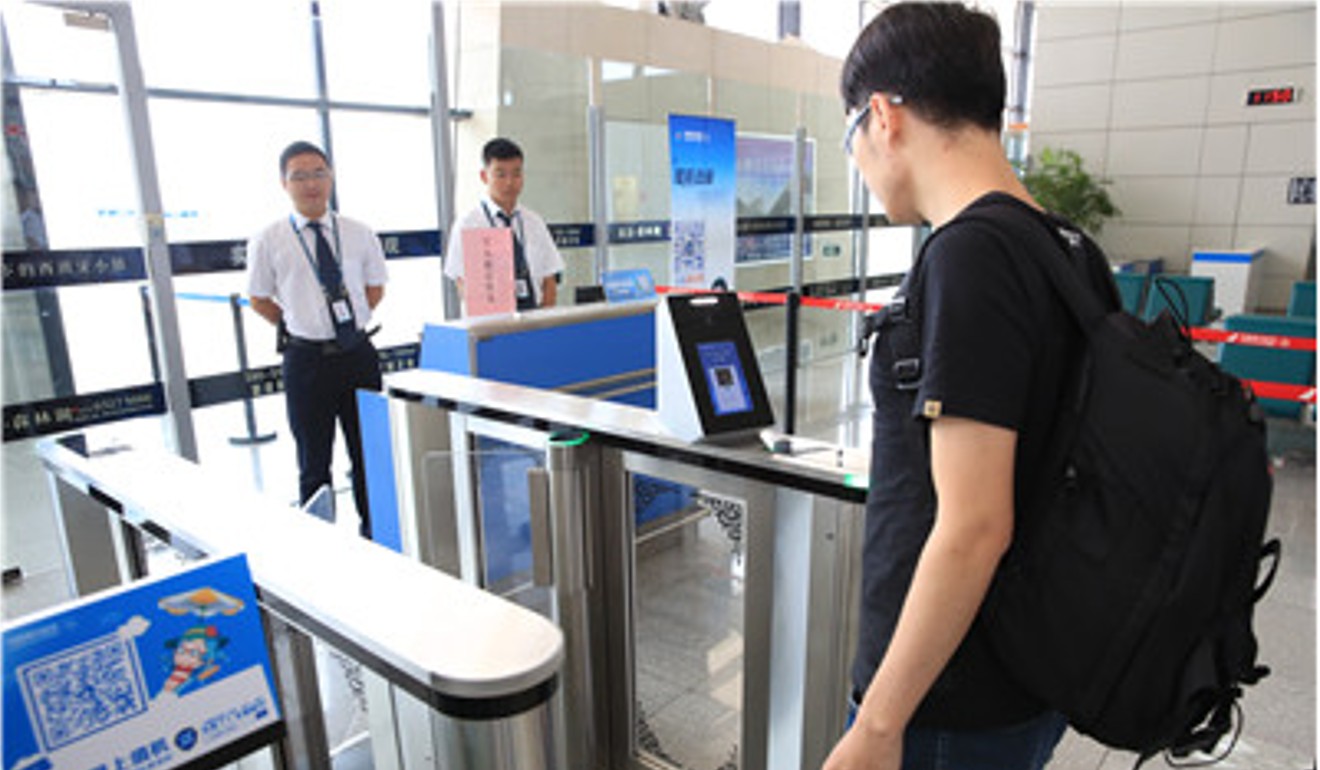
Passengers would be able to tell their destination to ticket machines, and the machines would then recommend the best route. It is a system that would need a vast database to match the identities of commuters.
Home-sharing start-up Xiaozhu, China’s answer to Airbnb, will use the peak travel season of Lunar New Year to test smart locks that can be opened by scanning tenants’ faces, which would satisfy laws requiring identify verification.
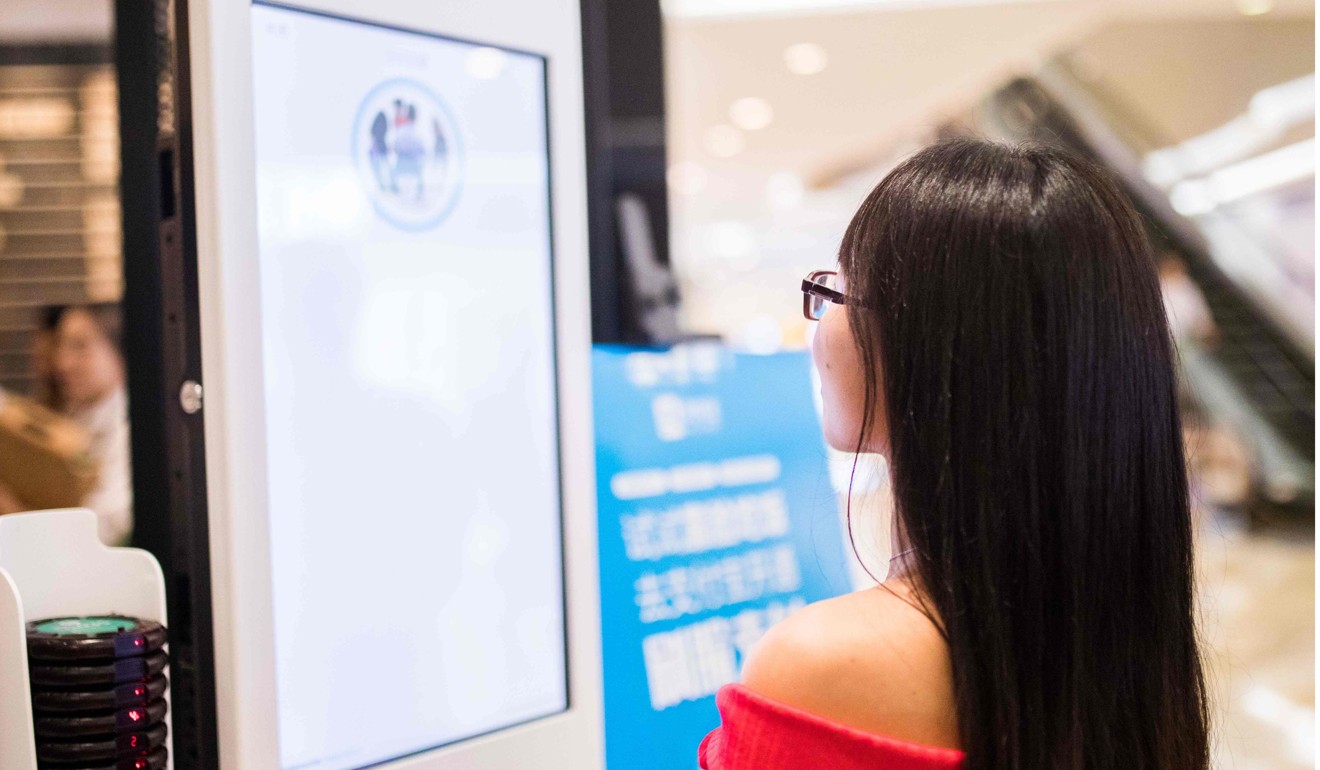
The anticipated wide commercial roll-out of advanced 5G mobile networks across China from 2020 would also mean increased demand to link such a national facial recognition database to various commercial enterprises, which instantaneously push and retrieve biometric information as part of their services. These could include platforms related to autonomous transport, financial services, social media and health care.